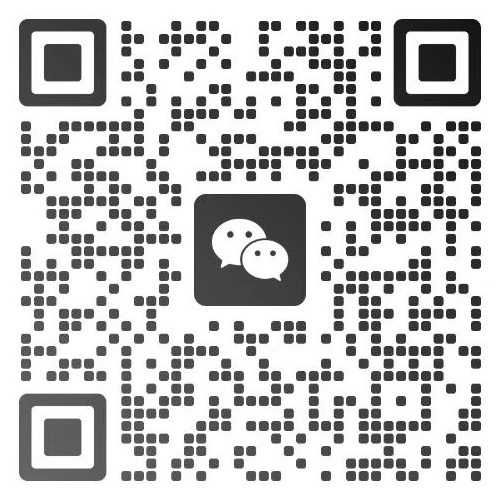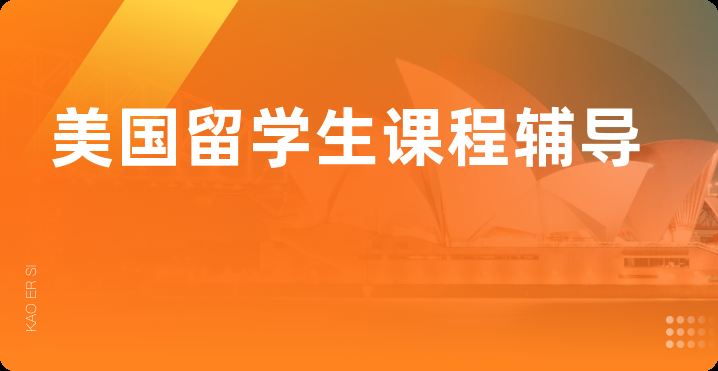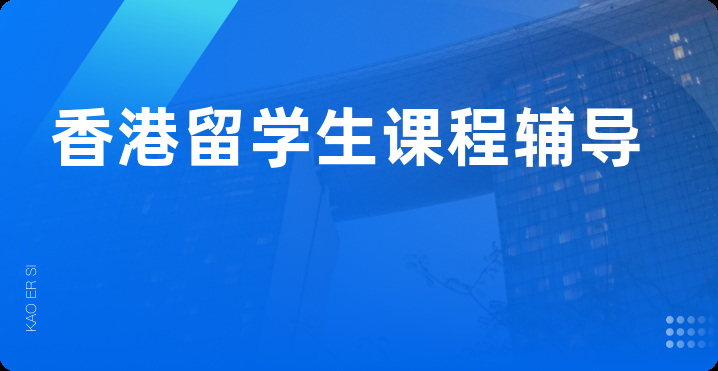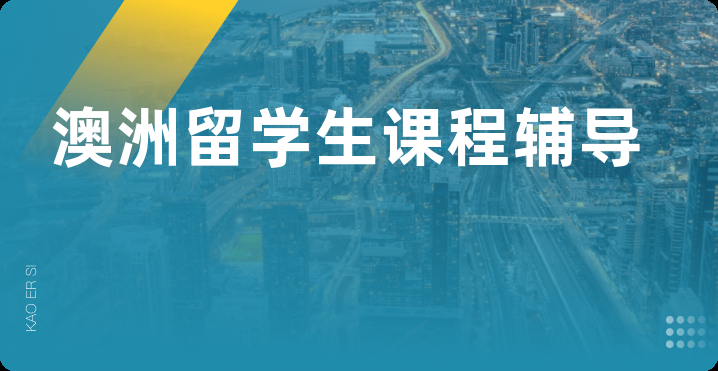
全面ACT阅读新题型双对比答题技巧
2021-12-17 16:47:00来源:考而思在线阅读量:133
全面ACT阅读新题型双对比答题技巧考而思老师通过本文详细的给大家了一下。正确的方法有助于我们更好地理解事物的内在逻辑,从而降低预测失败的概率。理论上,通过构建形式逻辑和提供验证方法,确立因果关系,尽最大可能保证结果的确定性。北美:ACT北美新题最有可能的几套是72E74A72F72G72H,72E可能性最大。建议:优先完成ACTmi试卷中的60E63E64E65E67F68C68G69A70C70
全面ACT阅读新题型双对比答题技巧考而思老师通过本文详细的给大家了一下。正确的方法有助于我们更好地理解事物的内在逻辑,从而降低预测失败的概率。理论上,通过构建形式逻辑和提供验证方法,确立因果关系,尽最大可能保证结果的确定性。

北美:ACT北美新题最有可能的几套是72E 74A 72F 72G 72H,72E可能性最大。
建议:优先完成ACTmi试卷中的60E 63E 64E 65E 67F 68C 68G 69A 70C 70G 71C 71G。
关于双对比答题
双对比的技巧:
如果存在读了忘,需要反复读的情况,那么先读Passage A,完成Passage A涉及的问题,再读Passage B,完成Passage B涉及的问题。最后注意一些篇章最上方两篇文章的关系,提炼两篇文章的中心,将考察异同点的题目完成。以考过的72C举例,21-25涉及的是Passage A,26-27涉及Passage B,后三道题28-30涉及这两篇文章共同部分。
双对比的特征:
文章:PASSAGE下边有两篇文章,Passage A和Passage B,一般情况下A和B文章都会在小标题说明作者分别是谁,这个要注意。
选项:最上方有方框,指明问题隶属于Passage A or Passage B,or在逻辑是“或”的关系,意思是问Passage A,也问Passage B,也会问两篇文章异同点。
双对比的训练:
预测只能让考生熟悉相关题目,学习更需要的是一种思维方式,考试的本质是让你去能让你最好成长的地方。以下训练内容分三块:
第一块:
ACT真题已考双对比的训练。目前考到双对比的试题是72C、72D、73A,分开说这三套题:
73A
这是ACT历史上第一次出现双对比试题,同时一部分学生做了73B的小白鼠,四篇CV题,两篇实验题,没有最简单的图表题!!学生们反馈巨难无比,全给跪!所有人都懵了。 阅读双对比是双胞胎Ben和S的的故事,双对比搭配双胞胎黑人,怎么不找一堆双胞胎黑人考生,更是绝配。词汇注意whereabouts和matter of fact、self-assured。
72C
这篇文章整体比较容易,Passage A稍微难读懂一些,把握中心word-association就可以了,这套题修辞考察的比较多。21题、23题、24题、28题、30题不太好做,值得注意的是24题容易选H,而30题类型在先前文章不多见,但很有意思。
72D
词汇题几乎没有,全文理解很多,长对比是第二篇文章,题目普遍很长,能借鉴的只能是70G了。补充一句,这套题难度最大的是科学。
第二块
专做科学CV题,即观点对立冲突题,考察思路是一脉相承的。这类试题核心是因果、比较等考点,能够训练定位、句子理解,非常有助于阅读能力的提升。
第三块
SAT真题双对比的训练
ACT仿效SAT推出双对比,但是它需要一段时间去摸索,两大考试都已经开始互相借鉴,为什么考生不能取长补短,互相借鉴推动自己进行量子跃迁。因为即将考试,以下列了三篇可以借鉴的SAT双对比。
ACT真题63E阅读第二篇与SAT 2012年10月的双对比animal language放在一起看。
ACT真题67A阅读第四篇文章与SAT 2013年5月的双对比文章giant squid一起看。
ACT真题68C阅读第二篇第四段和SAT 2012年5月真题双对比放在一起看,ACT重点阅读第四段,SAT重点阅读 Passage 2 第二段,其它不用看,以下文章就是要读的内容,已经摘录在下边。
The best part of the Edison legend was its adventurous beginnings, with the young Edison leaving home to ride the rails, selling candy and newspapers while setting up a small lab for electrical experiments in the baggage car. But the essence of Edison’s broader appeal was that he had not simply been a “scientist”; he was a peculiarly American scientist: because he was largely self-taught, he appealed to that innate American appreciation for the amateur; because he worked 112 hour weeks, he confirmed the Yankee spirit for diligence and industry; because he focused his work on applied science at the expense of the theoretical, he separated his discoveries from those that shattered popular values and beliefs. In fact, Edison derided scientists who spent their lives “studying the fuzz on a bee”as morally suspect and complained when one of his sons began to pursue theoretical physics.
Certainly in comparison with their European counterparts, universities in the United States have always displayed a strong utilitarian bent. This conception of education reflects deeply ingrained American values. As a nation of pioneers, pragmatists, and entrepreneurs, Americans have long taken to viewing knowledge as a means to other ends,rather than a value in and of itself. One renowned historian has asserted that, for typical nineteenth-century Americans, education was their “religion,”provided that it“be practical and pay dividends.” Another historian has shrewdly observed that, while Americans profess universal admiration for people of intelligence, they don’t necessarily feel the same way about intellectuals. The intellectual heroes of the United States have tended to be inventors like Thomas Edison and Benjamin Franklin, practical individuals whose contributions arose largely through direct interaction with the “real world.”Common sense over abstract learning, hands-on experience over erudition: this has long been an unspoken national creed. Within such a culture, it’s no surprise that universities have often sought to legitimate their existence by emphasizing their utility, training students for practical careers and generating scientific and technological breakthroughs to spur economic growth.
当前文章链接:
凡来源标注“考而思”均为考而思原创文章,版权均属考而思教育所有,任何媒体、网站或个人不得转载,否则追究法律责任
定制课程
电话咨询
客服微信

在线客服










